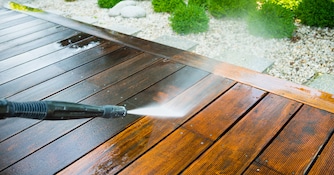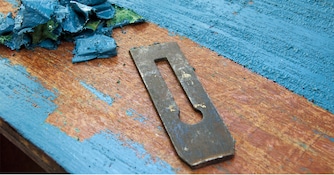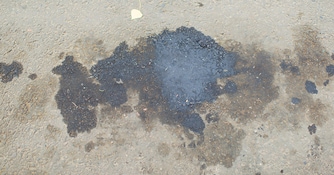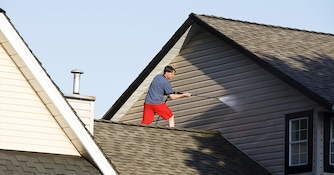
Cleaning Stucco
Stucco is a great alternative to your standard siding, brick or stone walls.
Unfortunately, the textured surface of stucco is notorious for accumulating dust and dirt over time.
This can turn a once-beautiful wall into a nightmare of dirt streaks and mildew growth. Luckily, the power of a pressure washer can blast the stains away and make your walls look new again.
Repair Any Cracks
Before doing any power washing, you need to make sure there aren't any cracks or chips in the stucco. If there are, water can seep through them, potentially leading to structural damage down the line.
All cracks and chips should be patched and given enough time to dry. You should let patches dry for about a week to make sure.
Apply Detergent to Loosen Dirt
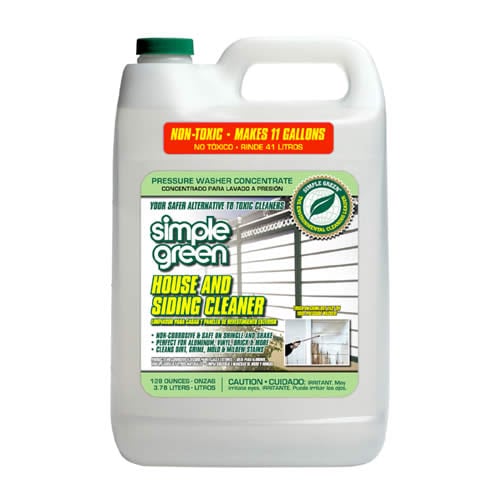
When washing stucco, it's best to divide the project up and work from section to section. You're going to need a proper detergent in order to give your stucco the shine it once had.
Apply the detergent from the bottom up, overlapping a bit to prevent missing any spots, and let it settle for 5-10 minutes to fully work and remove all embedded dirt.
The detergent needs to be wet to work, so you will need to add fresh detergent water as needed while the detergent is doing its job.
Scrub Heavy Stains
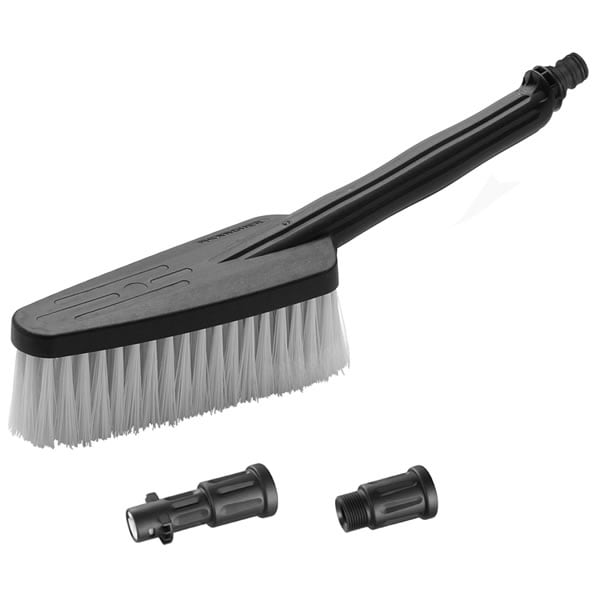
When cleaning heavily stained areas, use a rotating scrub brush attachment. This will make sure the stains are properly removed.
A quality rotating pressure washer brush will make cleaning these difficult stains a breeze, getting the job done faster than ever before.
Rust may be tough to remove. Rust stains should be treated with a rust-removal detergent and may need to be scrubbed more vigorously by hand in some cases.
Spray It All Away
When rinsing, always make sure you are using a low-pressure spray pattern and hit the wall at a 45-degree angle. Because of the delicate nature of stucco, you need to always hold the spray nozzle a minimum of 24 inches away from the surface.
Start from the same point you did when applying detergent, then work your way in the same direction. Clean one section at a time, and be sure to overlap slightly to avoid missing anything. Unlike the bottom-up approach when applying detergent, start rinsing from the top and work your way down.
The dirt and detergent will run down the surface of the wall, so a downward rinse will keep the soapy filth moving in the direction you want it to. When you're finished, gently rinse the surrounding foliage with clean water to dilute and flush away any lingering detergent.


